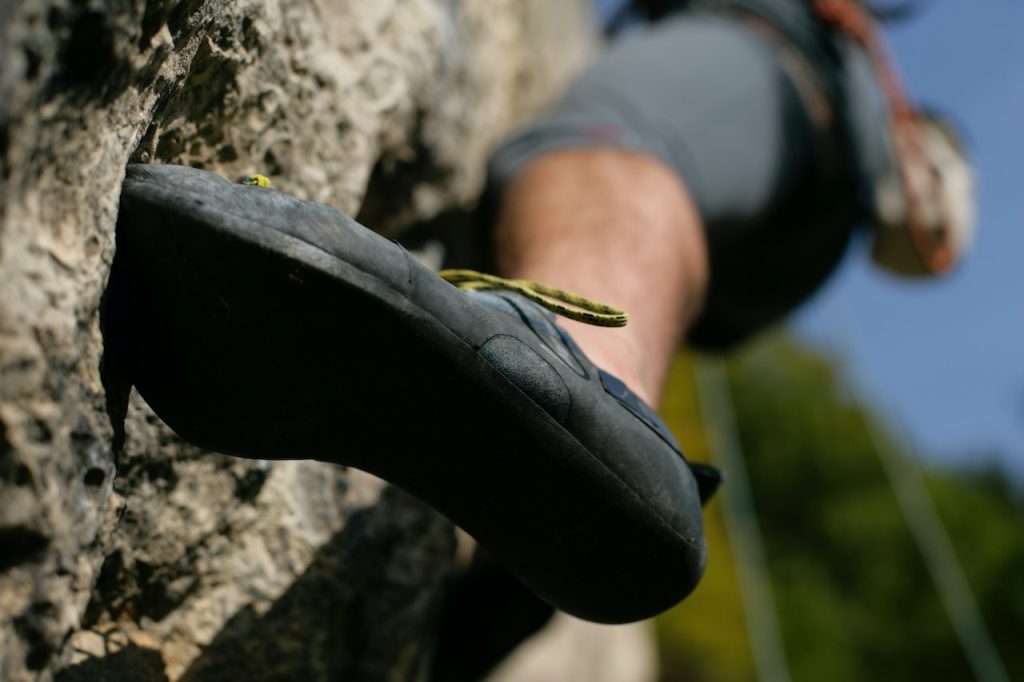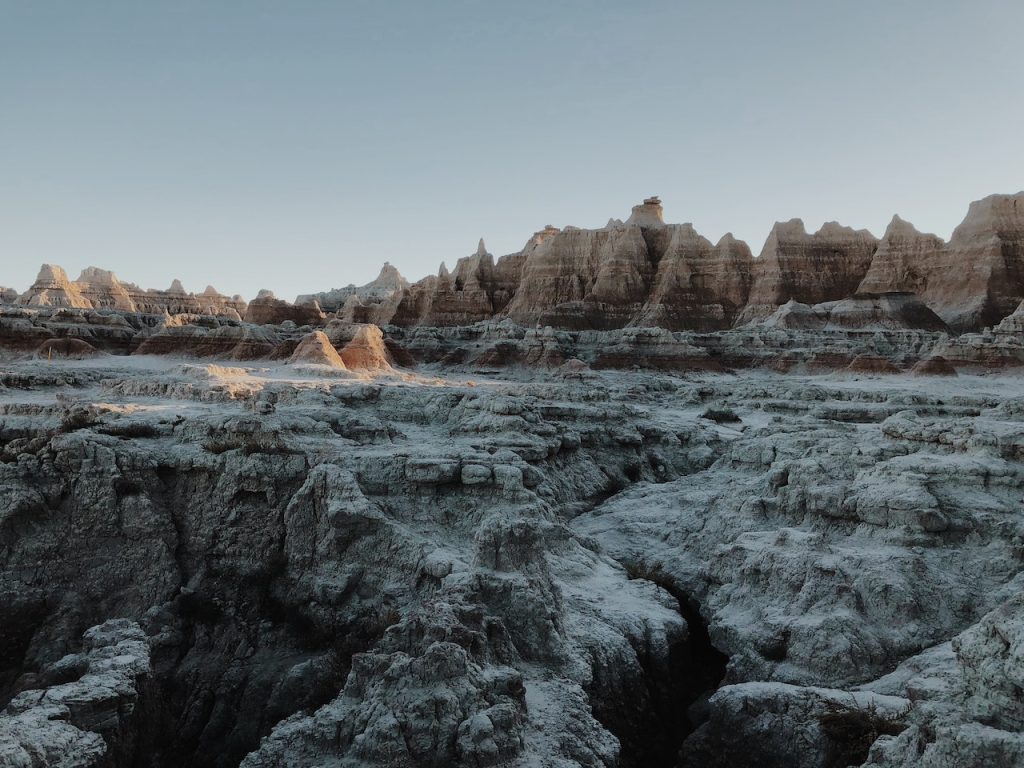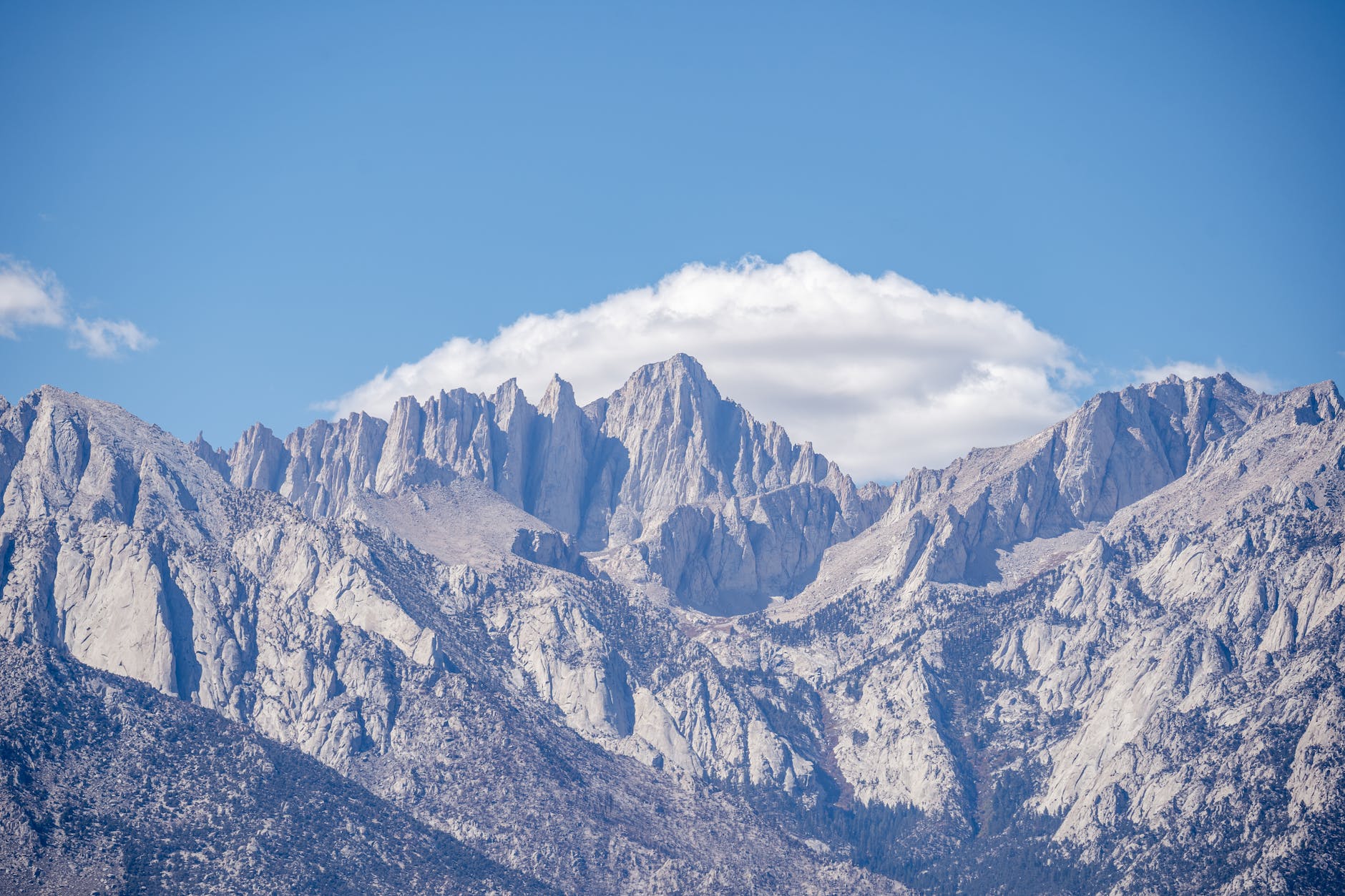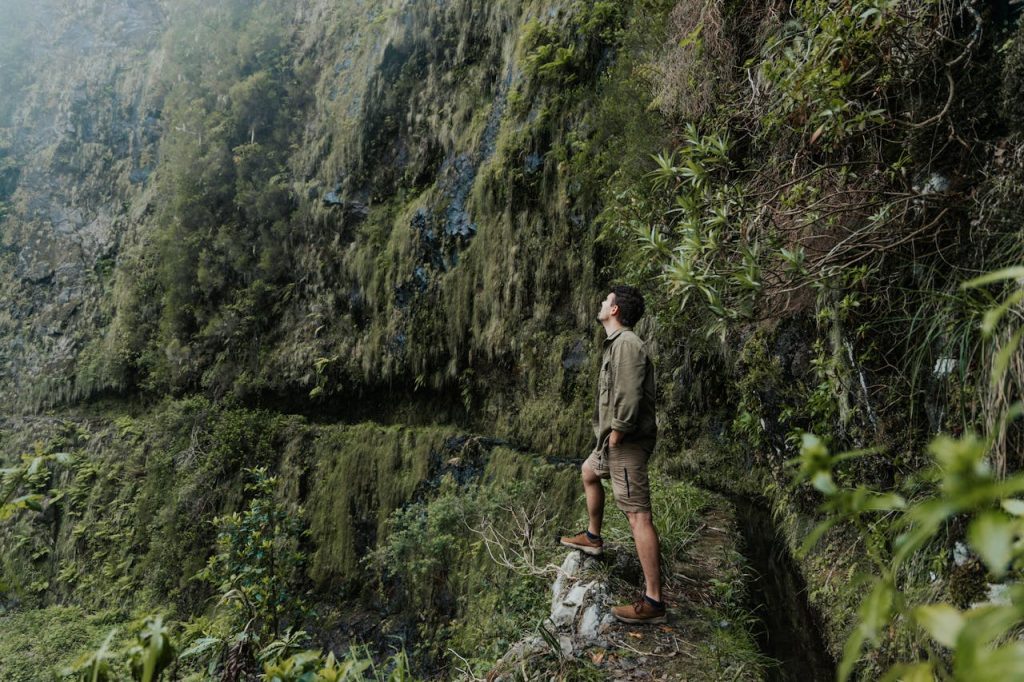Experience the thrill of climbing Mount Whitney’s summit! Explore the stunning Sierra Nevada mountain range and take breathtaking views from the top. This article will discuss Seeing and Climbing Mount Whitney, and you will also learn about the various trails, permits, and gear required for a successful climb.
Mount Whitney in the United States is the highest mountain, with an elevation of 14,505 feet. It is situated in the Sierra Nevada mountain range in California and is a popular destination for hikers and climbers.
The mountain was named after Josiah Whitney, the head of the California Geological Survey, and was first summited in 1864 by a group of hikers led by Charles Begole.
How to See and Climb Mount Whitney
Table of Contents
ToggleTo see and climb Mount Whitney, you must obtain a permit from the Inyo National Forest. The permits are required for all overnight trips and day hikes from May 1 to November 1 and are available through a lottery system or on a first-come, first-served basis.
Once you have your permit, the best way to see and climb Mount Whitney is to start at the Whitney Portal on the western side of the mountain. You can access the main trail to the summit from the portal, a strenuous hike that gains over 6,000 feet of elevation.
The most widely used and well-known path to ascend Mt. Whitney is a 10.7 mile (17.1 km) trail starting at Whitney Portal, located 13 miles (21 km) to the west of Lone Pine. The starting elevation at the trailhead is 8360′ (2550 meters), and the summit elevation is 14,494′ (4418 meters).
There are other routes to reach the summit of Mt. Whitney as well. While these different routes to Mt. Whitney begin at trailheads with less traffic, they necessitate a longer trek to reach the summit. One such route is the High Sierra Trail, which begins from Giant Forest on the west side of Sequoia National Park, and is approximately 60 miles (100 km) one-way. This route takes at least six days (one way) or ten days (round trip) to complete.
The trail to the summit of Mount Whitney is well-marked and relatively well-maintained, but it can be steep and rocky in places. Hiking the mountain typically takes one to two days, depending on your pace and route.
What to know before Hiking Mount Whitney
Let’s discuss a few things before hiking Mount Whitney:
Obtain a permit:
You require a permit for all overnight trips and day hikes from May 1 to November 1. The permits are available through a lottery system or on a first-come, first-served basis.
Start at the Whitney Portal:
The Whitney Portal is the main starting point for hikes to the summit of Mount Whitney and is located on the western side of the mountain. From the portal, you can access the main trail to the summit.
Be prepared for a challenging hike:

The hike to the summit of Mount Whitney is strenuous, with a steep and rocky trail that gains over 6,000 feet of elevation. Being in good physical condition and adequately equipped for the hike is essential.
Be aware of the weather:
The weather on Mount Whitney can be unpredictable and change quickly. Check the forecast before your hike and come prepared with appropriate clothing and gear.
Leave no trace:
It is essential to follow Leave No Trace principles on Mount Whitney to protect the environment and preserve the mountain for future generations. This means packing out all trash, staying on established trails, and minimizing your impact on the environment.
Bring plenty of water:
Water is essential for any hike, but it is essential on Mount Whitney due to its high elevation and rugged nature. Be sure to bring enough water for your hike. Consider carrying a water filter or purification tablets if you need to refill along the way.
Wear appropriate clothing and gear:
The weather on Mount Whitney can be unpredictable, so it is important to wear layers and bring proper clothing and equipment for the conditions. This can include waterproof jackets, hats, gloves, and hiking boots. Ice axes and crampons may be required during the spring and early summer, but the technical climbing gear is typically not needed between mid-July and early October.
Be mindful of the possibility of altitude sickness:
Mount Whitney is one of the highest peaks in the United States at an elevation of 14,505 feet. This means there is a risk of altitude sickness, which can cause symptoms like headaches, dizziness, and nausea. Be sure to acclimatize to the altitude before attempting the hike, and pay attention to your body for any signs of altitude sickness.
Plan for enough time:
The hike to the summit of Mount Whitney can take anywhere from one to two days, depending on your pace and route. Be sure to plan for enough time to complete the hike. Consider bringing a map and a GPS device to help navigate the trail.
Consider hiring a guide:
If you are still getting familiar with the trail to the summit of Mount Whitney or are new to hiking, consider hiring a guide to lead the way. A guide can provide valuable information about the trail, the local flora and fauna, and the best way to tackle the hike.
Be cautious for emergencies:
It is always important to be cautious about emergencies when hiking, especially on Mount Whitney. Be sure to bring a first aid kit, a map and compass, and a way to communicate in an emergency.
Know the rules and regulations:
There are specific rules and regulations in place for hiking Mount Whitney, including requirements for permits, camping, and group size. Be sure to familiarize yourself with these rules before attempting the hike.
Have fun and enjoy the experience:
Above all, hiking Mount Whitney should be a fun and rewarding experience. Take the time to appreciate the beauty of the mountain and the surrounding area, and enjoy the sense of accomplishment from completing the hike.
Overall, hiking Mount Whitney can be a rewarding and challenging experience. It is essential to be prepared and knowledgeable before embarking on the hike.
Conclusion
Despite its challenging nature, the hike to the summit of Mount Whitney is widespread and requires a permit from the Inyo National Forest. The best time to hike the mountain is typically between May and October when the weather is warmer, and the trail is snow-free.
Overall, Mount Whitney is a stunning and iconic peak that offers breathtaking views and a challenging hiking experience for those who make the journey to its summit.

FAQs
Is seeing and climbing Mount Whitney hard
Seeing and Climbing Mount Whitney can be challenging, especially for those who are not expert climbers or in good physical condition. At 14,505 feet, Mount Whitney is the highest peak in the contiguous United States. The altitude, steep terrain, and potential weather conditions can challenge climbers. It is important for those considering climbing Mount Whitney to be well-prepared and adequately trained before attempting the climb.
What is the best month to hike Mount Whitney?
The best time to hike Mount Whitney depends on various factors, such as personal preference and physical ability. May through October is the most popular time to hike Mount Whitney, as the weather is typically more favorable during this time of year. However, it is essential to remember that Mount Whitney’s weather can be unpredictable. It can be cold and snowy, even during the summer months. It is always an excellent idea to check the weather forecast and plan accordingly before embarking on a hike.
Is altitude sickness common on Mt. Whitney?
Acute mountain sickness (AMS), also referred to as altitude sickness, is a state that can affect people who have recently ascended to high altitudes. It is common on Mount Whitney, which stands at 14,505 feet. Altitude sickness symptoms include headache, fatigue, dizziness, difficulty sleeping, and loss of appetite. In comparison, most people who experience these symptoms will recover within a few days. In some cases, altitude sickness can become more severe and even life-threatening.
It is essential for climbers to be aware of the symptoms of altitude sickness and to take appropriate precautions to prevent and treat it.
What are two significant problems your body may experience at high altitudes?
The body can experience two significant problems at high altitudes: hypoxia and dehydration. Hypoxia occurs when the body does not receive enough oxygen, and it can cause symptoms such as shortness of breath, dizziness, and headaches.
Dehydration, on the other hand, occurs when the body loses too much water and electrolytes, and it can cause symptoms such as thirst, fatigue, and muscle cramps. Both of these conditions can be dangerous if left untreated, so it is essential for climbers to be aware of the symptoms and to take steps to prevent and treat them.




